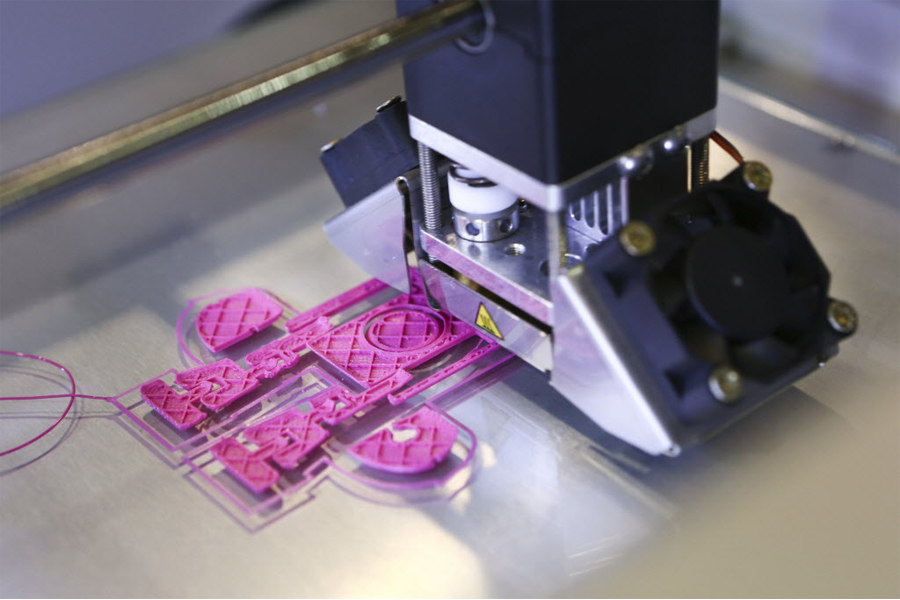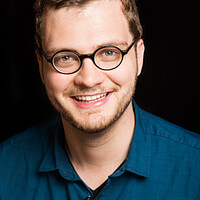Three-dimensional picture books are now available for visually impaired children
Loading...
Tom Yeh says he had the idea when he was reading "Goodnight Moon" to his then-3-year-old son.
"I really enjoy reading stories with my son, and I thought I might be able to contribute to making books for visually impaired children more tactile," Yeh said in an interview with CUEngineering. "Three-dimensional printing holds the key to simplifying the making of tactile picture books."
Fast-forward a few years, and Yeh is in charge of the Tactile Picture Books Project, an organization that "create[s] 3D printed tactile picture books for children with visual impairment and stud[ies] the scientific and technical questions that arise," according to the group's website.
The idea facilitating the enjoyment of books through tactile contact is not new. Louis Braille invented his tactile alphabet, now used worldwide to allow the visually impaired to read, in 1824. For younger children who do not read as well, however, there are fewer ways to facilitate early reading, and it can be difficult to establish early reading habits without the picture books many take for granted. Yeh's group hopes to change all that with pioneering work in the field of three-dimensional printing in order to create tactile picture books for young visually-impaired children.
Three-dimensional printers create objects from digital models by layering plastic or some other materials into a precise copy of whatever design the user wants. The Tactile Picture Books Project's first book, for example, was "Goodnight Moon," full of a number of objects to which the protagonist has to say "Goodnight": a balloon, a dollhouse, the moon, etc. With hree-dimensional printing technology, it is relatively simple to create a model of all of these objects which can then be printed as tactile "pictures."
Yeh told CUEngineering that "As 3D printers become cheaper and more powerful, soon people will own a 3D printer at home, just like now they own color printers at home." This would allow three-dimensional picture books to be created cheaply and efficiently, and could conceivably lead to mass production where most tactile books now have to be made by hand. The owners of three-dimensional printers could even theoretically print the books themselves.
According to CU Outreach and Engagement, the Tactile Picture Books Project has already created instructions for printing "Goodnight Moon," "The Very Hungry Caterpillar," and "The Cat in the Hat," and is fast producing more.
For further information on the project and their latest book prototypes, you can visit tactilepicturebooks.org.
Weston Williams is a Monitor contributor.






